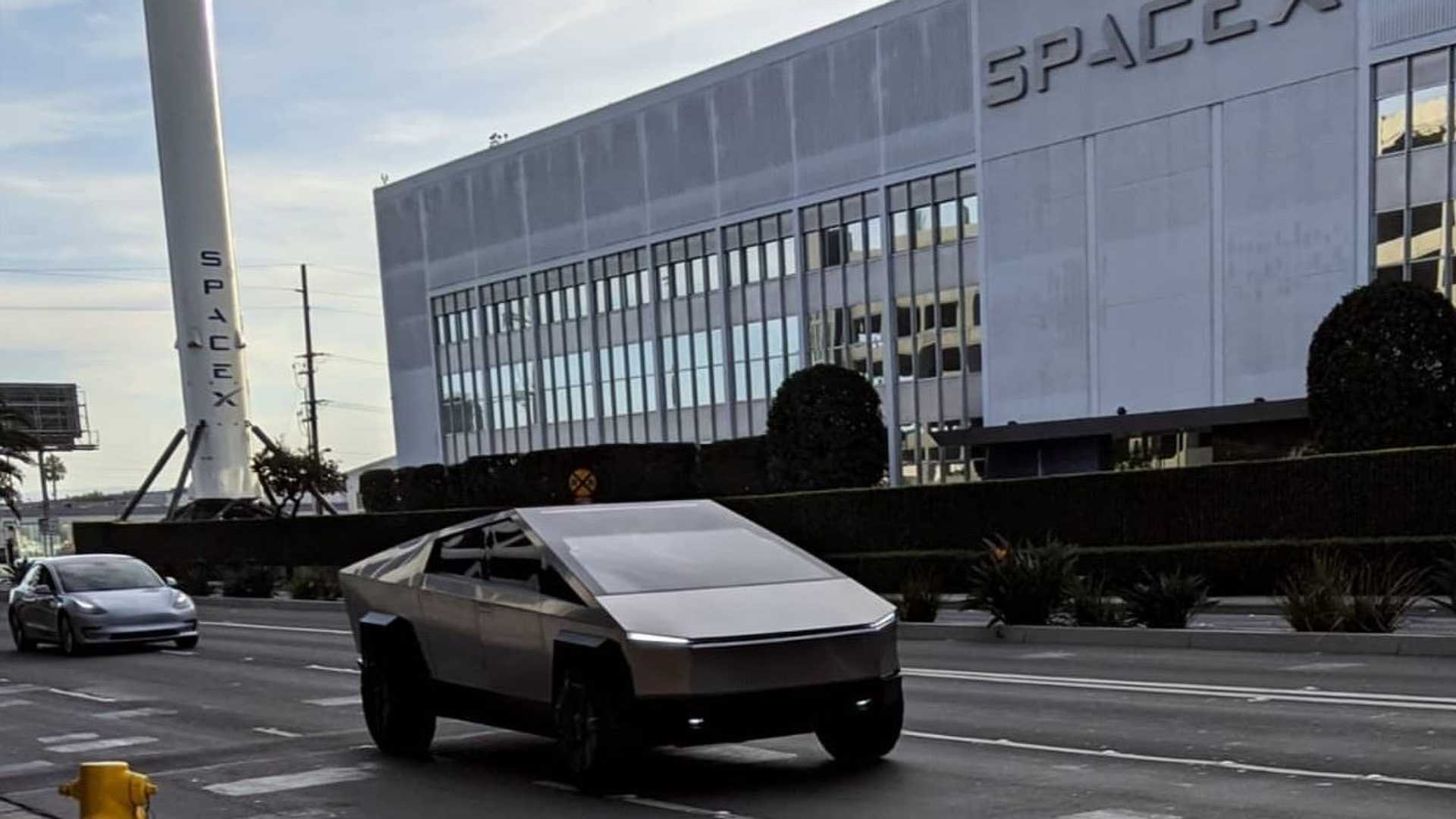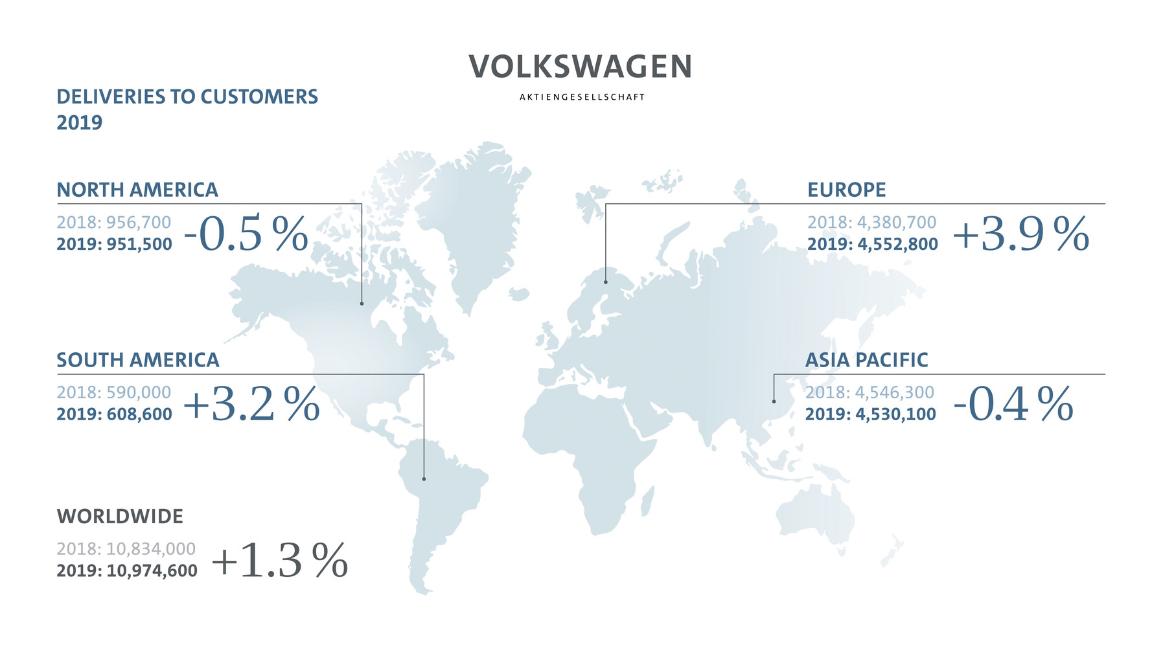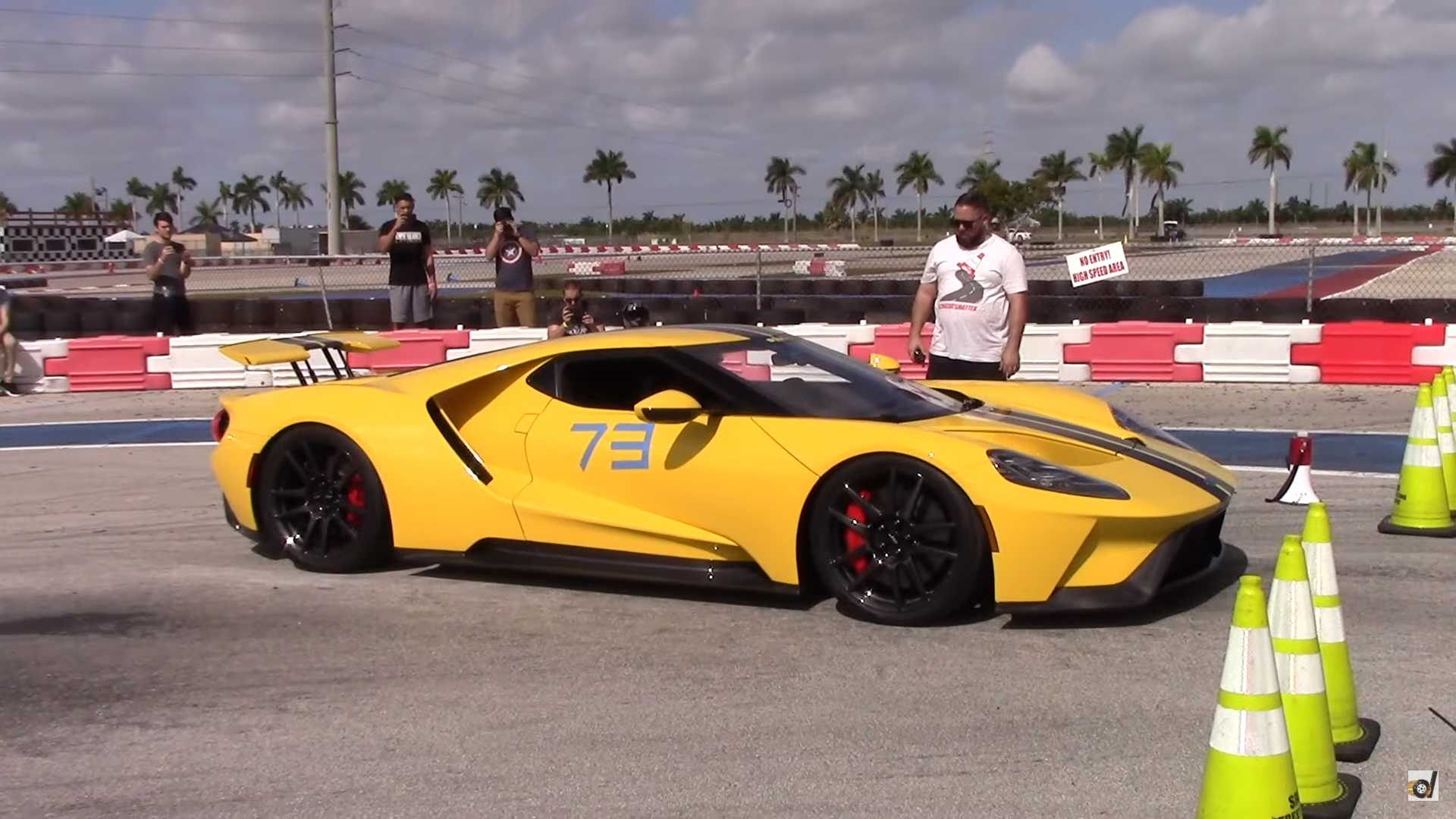A Tesla Semi prototype has been spotted being transported on a trailer in California yesterday and it appears to have joined the Tesla Cybertruck in Los Angeles. For the last two years since the unveiling of the Tesla Semi, the automaker appears to have made only two prototypes and put them through an extensive test… Continue reading Tesla Semi prototype spotted on a trailer – joining Cybertruck in LA
Tag: Tesla
Elon Musk tries to ease Tesla Gigafactory Berlin concerns after protests
Elon Musk is trying to ease environmental concerns regarding Tesla’s Gigafactory Berlin after local protests over its potential water usage. The CEO has now changed the nomenclature regarding Tesla’s Gigafactories. Instead of numbering them based on when they were established, Tesla will now call them by their location. For example, Gigafactory 1 will now be… Continue reading Elon Musk tries to ease Tesla Gigafactory Berlin concerns after protests
Jay Leno, Elon Musk Spotted In Tesla Cybertruck Near SpaceX HQ
We will get a new detailed, up-close look at the Tesla Cybertruck soon, since a prototype was recently spotted filming in California with Jay Leno at the wheel and Elon Musk in the passenger’s seat. It’s hard to say when the video will debut on Jay Leno’s Garage, but since Cybertruck is such a big… Continue reading Jay Leno, Elon Musk Spotted In Tesla Cybertruck Near SpaceX HQ
Porsche Taycan Turbo S Vs Turbo: Testing 0-60 MPH, 1/4 Mile, More
A tale of two Porsche Taycans. This video tests out the performance of the Taycan Turbo S and the Taycan Turbo. Tests include 0-60 MPH, 1/4-mile and more. Hot off the heels of our recent 436-mile test drive of the Porsche Taycan Turbo in which we easily exceed the EPA range rating for Porsche’s electric… Continue reading Porsche Taycan Turbo S Vs Turbo: Testing 0-60 MPH, 1/4 Mile, More
Volkswagen Group Sold More Than 140,000 Plug-In Cars In 2019
Volkswagen Group significantly expanded its plug-in electric car sales in 2019, exceeding the level of 140,000 vehicles. That’s an 80% improvement compared to 2018 (below 80,000, we guess). As the group’s total result globally was 10,974,600 vehicles (up 1.3%), the plug-in share is around 1.3%. For comparison, Volkswagen brand noted over 80,000 sales (up 60%)… Continue reading Volkswagen Group Sold More Than 140,000 Plug-In Cars In 2019
Tesla could focus Model Y deliveries in Canada to take advantage of incentives
Tesla is about to start Model Y deliveries and the automaker might want to focus early deliveries in Canada, especially in Quebec, where the generous EV incentives are going to change and affect Tesla buyers. Model 3 is arguably the most successful electric vehicle program to date and the Model Y, an electric crossover based… Continue reading Tesla could focus Model Y deliveries in Canada to take advantage of incentives
Honda E first drive: Futuristic and incredibly fun to drive
Sponsored Links It’s a miracle the Honda E is even here, considering how much Honda seemed to hate electric cars. And yet, here I am in Valencia, Spain, ready to drive this adorable EV, which is slated to go on sale in summer 2020 in Europe and Japan only. Until recently, Honda (along with Toyota)… Continue reading Honda E first drive: Futuristic and incredibly fun to drive
Tesla’s V3 Supercharger Network Continues Expansion
EDITOR’S NOTE: This article comes to us courtesy of EVANNEX, which makes and sells aftermarket Tesla accessories. The opinions expressed therein are not necessarily our own at InsideEVs, nor have we been paid by EVANNEX to publish these articles. We find the company’s perspective as an aftermarket supplier of Tesla accessories interesting and are happy to share its content… Continue reading Tesla’s V3 Supercharger Network Continues Expansion
See Ford GT Race A Drone, Tesla Model 3 At Autocross Track
Here’s a race we haven’t seen before, though if we’re honest, drone-versus-supercar really isn’t a race in this context. If it was, we doubt there would be so many glamor shots of this Ford GT from up high as it makes short work of an autocross course. This isn’t the usual content we see from… Continue reading See Ford GT Race A Drone, Tesla Model 3 At Autocross Track
Tesla Cybertruck driven by Elon Musk and Jay Leno spotted driving around Los Angeles
The Tesla Cybertruck prototype was spotted around Los Angeles it was being driven around by none other than Elon Musk and Jay Leno. Tesla unveiled the Cybertruck in November of last year and the vehicle has been spotted a few times on public roads since. Most famously, Elon Musk was spotted driving the electric pickup… Continue reading Tesla Cybertruck driven by Elon Musk and Jay Leno spotted driving around Los Angeles




